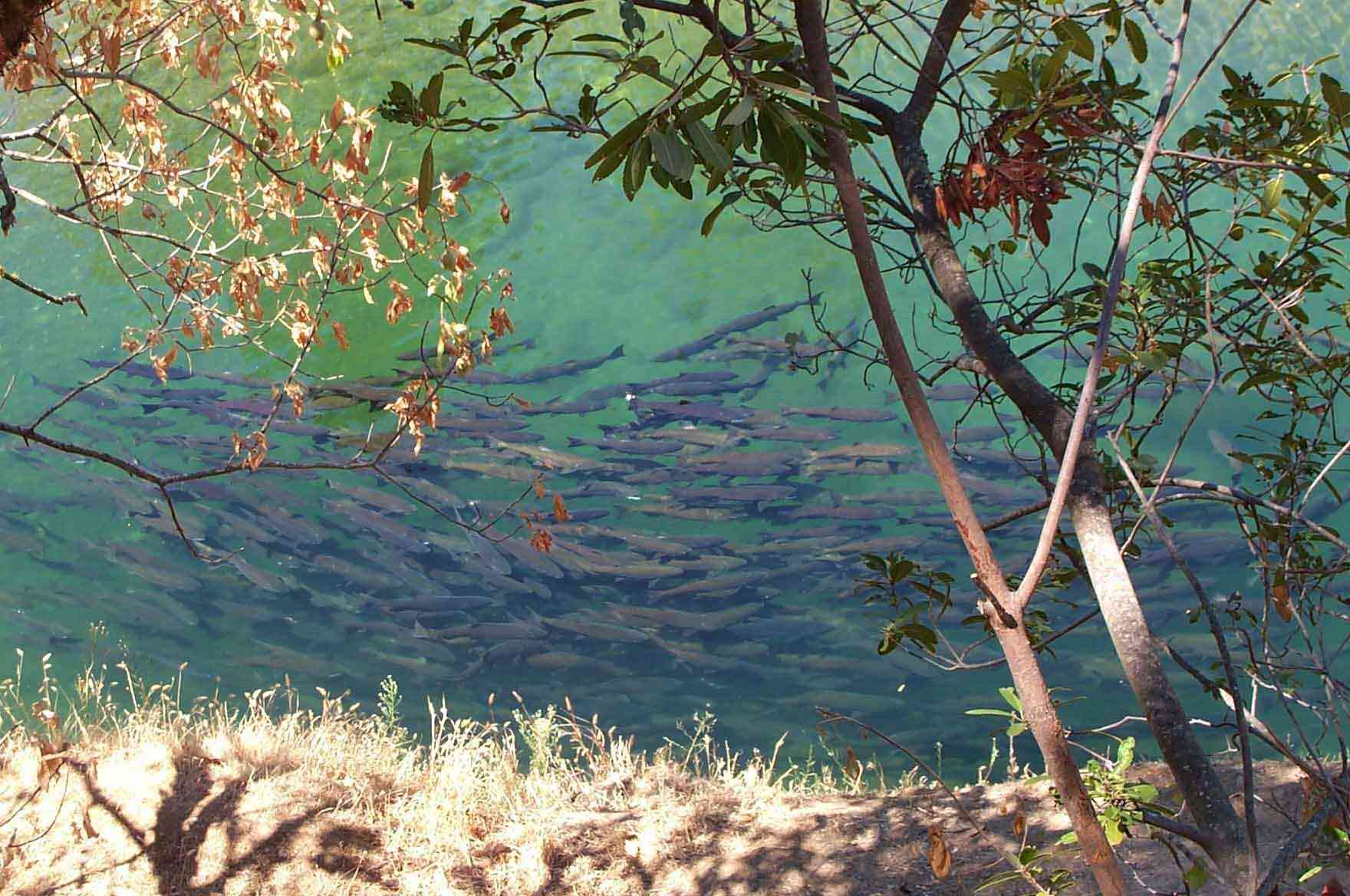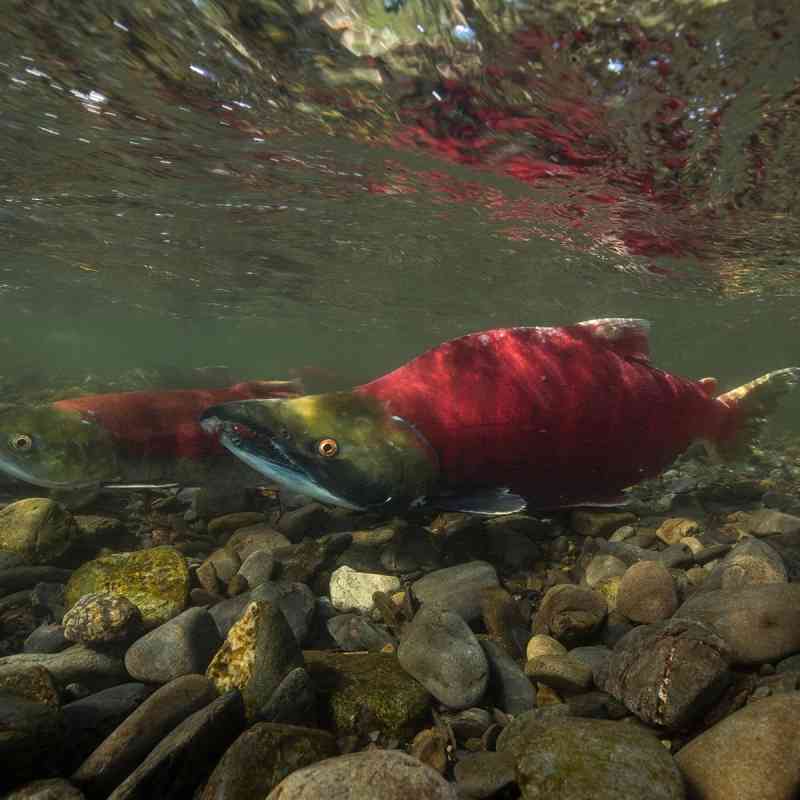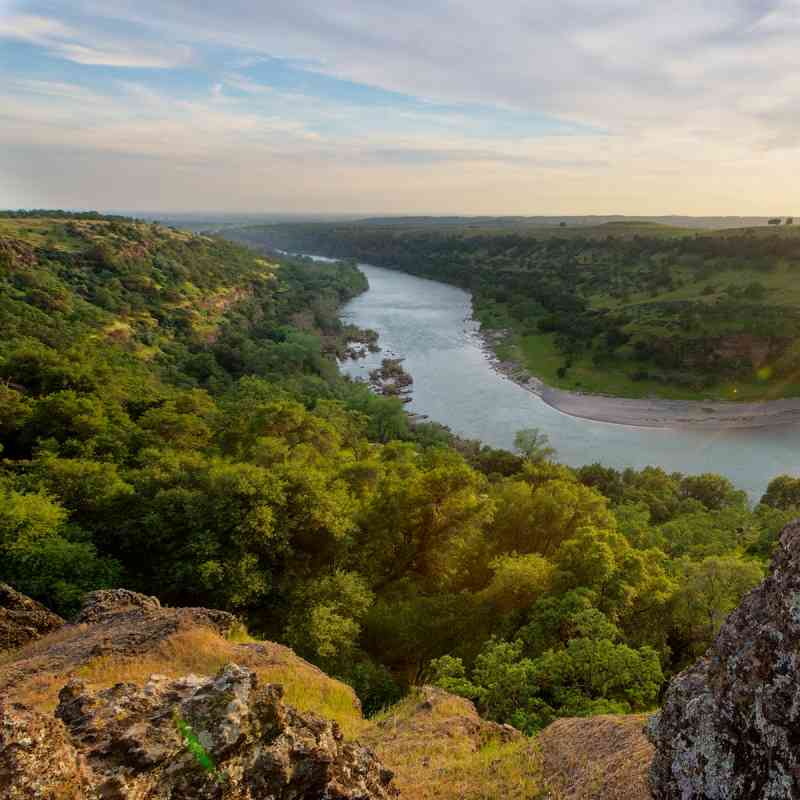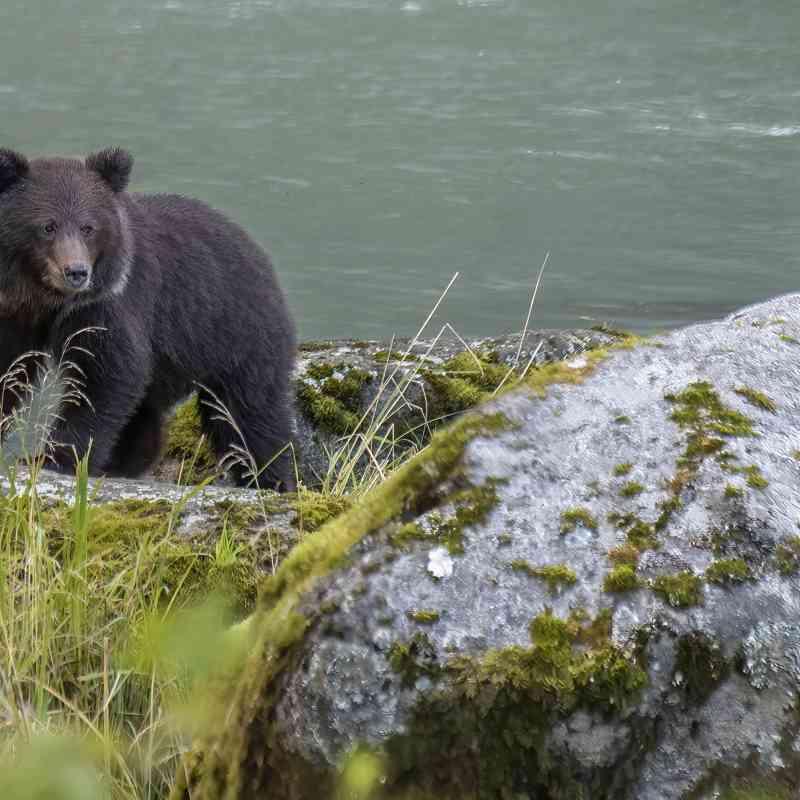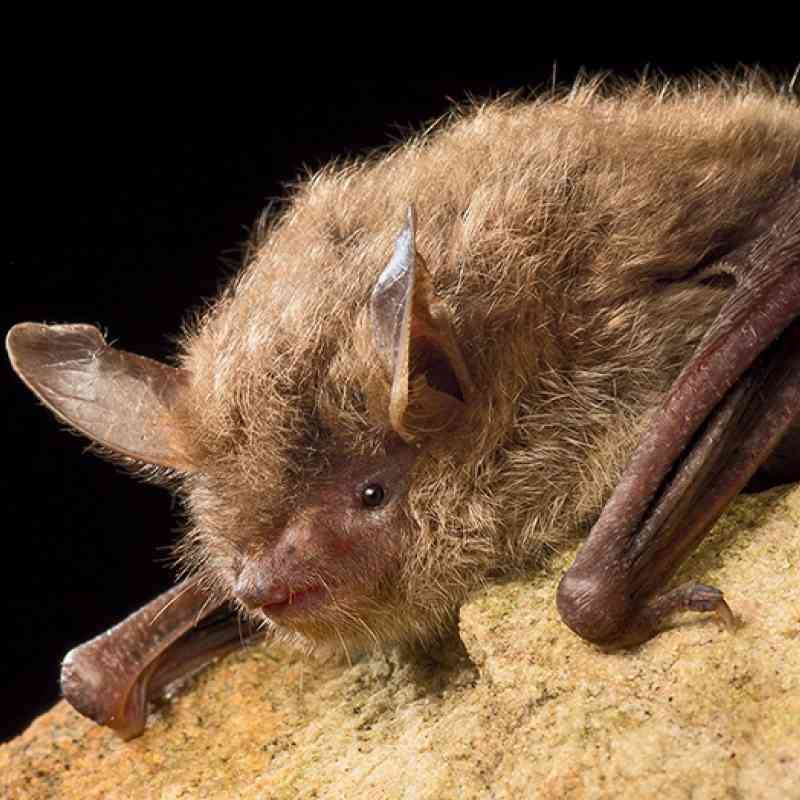State and federal agencies must take immediate action to stop the unauthorized killing of thousands of Chinook Salmon and Steelhead at State and Federal water export pumps in the Sacramento-San Joaquin River Delta (Delta), according to a coalition of environmental and fishing groups. Both fish are protected under the Federal Endangered Species Act (ESA); Central Valley winter-run Chinook Salmon is also protected under the California Endangered Species Act (CESA).
“After record setting rainfall in 2023 and over 100% snowpack this year, now is the ideal time to provide conditions that allow these declining fish populations to rebound,” said Ashley Overhouse, water policy advisor with Defenders of Wildlife. “It is disappointing that our agencies are not taking advantage of their ability to improve the conditions in the Delta, which is on the brink of collapse.”
This is the second time in 2024 the coalition has responded to an increase in killing of legally protected fish at the pumps of the State Water Project and the Central Valley Project (Projects or Water Projects). Despite the National Marine Fisheries Service (NMFS) calling for significant reductions in the Projects’ Delta water pumping, California’s Department of Water Resources (DWR) and the federal Bureau of Reclamation (Reclamation), which own and operate the Projects, ignored these recommendations and continued to export water at rates that killed thousands of imperiled fishes. Indeed, over the past week, DWR and Reclamation further increased pumping – as a result, significantly increasing take of winter-run Chinook Salmon at the pumps. (At the moment, State Water Project pumping accounts for 80% of the water exported from the Delta.) As a result, the Water Projects have exceeded the legal limits for killing both Central Valley Steelhead and winter-run Chinook Salmon established under the ESA by NMFS.
The annual ESA take limit for winter-run Chinook Salmon is 1,776 fish. As of March 25, 2024, an estimated 3,030 winter-run had been killed at the pumps – not counting the much larger number of fish that likely died after being drawn by pumping into inhospitable parts of the Delta. Since December 1, 2023, an estimated 2,919 naturally spawned Steelhead have also been killed by the Water Projects. The maximum allowable ESA Steelhead take is 1,571 as a three-year rolling average or 2,760 in any single year. The numbers show that the Water Projects are in violation of both limits.
2023 saw some of the lowest numbers of spawning salmon ever in the Sacramento River. Winter-run Chinook numbers are dangerously low. The ESA listed spring-run Chinook Salmon is approaching extinction in the wild. Central Valley fall-run Chinook Salmon numbers are so low that we may see the second annual closure in a row of the California coastal salmon fishing season. It is important to note that spring-run and fall-run Chinook Salmon juveniles migrate through the Delta after the winter-run. So irresponsibly high water pumping rates also represent a threat to spring-run and fall-run Chinook Salmon, and to tens of thousands of California and coastal Oregon Salmon fishing jobs.
The California salmon season was closed in 2023 and may be closed again in 2024. The Pacific Fisheries Management Council will make a decision regarding the 2024 salmon season by April 11.
The CVP and SWP are still largely operating under rules written in the NMFS 2019 Biological Opinion, under which the Trump Administration gutted previous protections. The new rules ignored both legal requirements and the best available science. Federal agencies are in the process of developing new rules, but the Trump-era rules remain largely in place.
In response to this unauthorized killing of legally protected fish, Scott Artis, executive director of the Golden State Salmon Association stated: “The disastrously low numbers of spawning salmon in 2023 were directly caused by the State Water Project and the Central Valley Project. It’s beyond infuriating that, once again, these agencies are killing unauthorized numbers of legally protected salmon and steelhead and ignoring the regulatory agencies. Even as the number of salmon they were killing at the Delta pumps surged, they actually increased pumping. It sure looks like they don’t care if they cause salmon extinctions and destroy California’s salmon fishing jobs and all the families that rely on the fishery. Salmon fishing in 2023 was shut down because the water projects killed nearly all of the baby salmon born in the Sacramento River in 2020. Instead of doing the same thing this year, they should rebuild our salmon runs. Governor Newsom, please stop this.”
Jon Rosenfield, Ph.D., Science Director for San Francisco Baykeeper said: “In 2019, the National Marine Fisheries Service (NMFS) set limits for the number of endangered winter-run Chinook Salmon and Steelhead the California Department of Water Resources and federal Bureau of Reclamation could kill while still avoiding extinction of these species. Those requirements were not protective enough. So, to see the state and federal water agencies exceed their take limits and continue business-as-usual water exports is like witnessing extinction in real time. It demonstrates the official negligence and lawlessness that caused these fish, and many others, to become endangered in the first place.”
“Increasing pumping when endangered fish are being taken is like digging a hole faster and deeper when you need to get out of the hole,” said Gary Bobker, Program Director for The Bay Institute. “ESA requirements aren’t inconveniences to be ignored when they’re triggered. They’re the last line of defense against losing the characteristic and unique native fish and wildlife that make California an international biodiversity powerhouse. Time and again over the past decade, failure to provide adequate conditions for native fish has led to disaster. Instead, why not use the relatively good conditions this year to give these species a fighting chance?”
###
The Golden State Salmon Association (GSSA) is a coalition of salmon advocates that includes commercial and recreational salmon fishermen and women, businesses, restaurants, native tribes, environmentalists, elected officials, families and communities that rely on salmon. GSSA’s mission is to restore California salmon for their economic, recreational, commercial, environmental, cultural and health values.
The Bay Institute’s scientists and conservationists develop and lead model scientific research, education, and advocacy programs that have a major impact on improving the health of the San Francisco Bay watershed.
Defenders of Wildlife is dedicated to the protection of all native animals and plants in their natural communities, with a nationwide network of nearly 2.2 million members and activists.
San Francisco Baykeeper defends the Bay and its watershed against its biggest threats. Its team of lawyers, scientists, and advocates holds polluters and government agencies accountable and has achieved a winning record for over 30 years. Baykeeper is the only organization that regularly patrols the Bay by boat and drone to investigate pollution and harmful activities.
Defenders of Wildlife is celebrating 75 years of protecting all native animals and plants in their natural communities. With a nationwide network of nearly 2.2 million members and activists, Defenders of Wildlife is a leading advocate for innovative solutions to safeguard our wildlife heritage for generations to come. For more information, visit defenders.org/newsroom and follow us on Twitter @Defenders.
